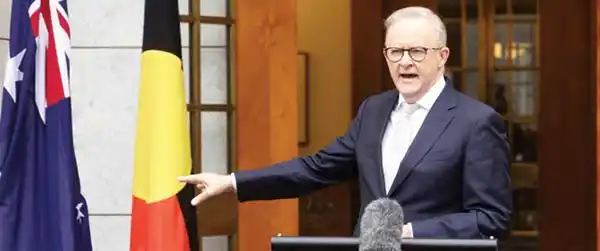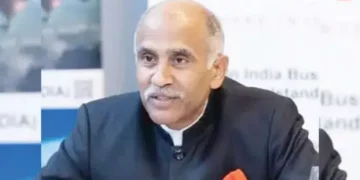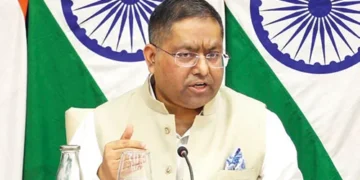Blitz Bureau
NEW DELHI: AUSTRALIA will hold a general election on May 3, Prime Minister Anthony Albanese announced on March 29, reported Reuters. Opinion polls indicate it will be a neck-and-neck race between Albanese’s ruling centre-left Labour party and the conservative LiberalNational coalition led by Peter Dutton, as cost of living pressures hit households.
A large number of independent and minor parties are also seeking re-election and could become kingmakers if Labour and the LiberalNationals fall short of majority government. Labour returned to power in 2022 after nine years of Liberal-National coalition rule.
Australia is one of the few countries in the world with compulsory voting for all citizens aged 18 years and older.
Australia does not have a set date for national elections, but the maximum term for the House of Representatives is three years. The election is called by the prime minister. The previous election was on May 21, 2022. There are two houses of parliament, with the government formed by the party or coalition holding a majority in the lower chamber, the House of Representatives. The prime minister is chosen by the governing party from the House. Australia has a preferential voting system for the House of Representatives. Voters rank local candidates in order of preference on their ballot papers.
A candidate who gets more than 50% of the first-preference votes wins the seat. If no candidate reaches that threshold, the one with the fewest votes is excluded and their votes are distributed to the person each of those voters nominated as their second preference. This continues until one candidate passes the 50% threshold.
The upper house, the Senate, has 76 members – 12 from each of the six states and two from each of Australia’s two less-populous territories. Half of the Senate seats will be contested at this election.
































